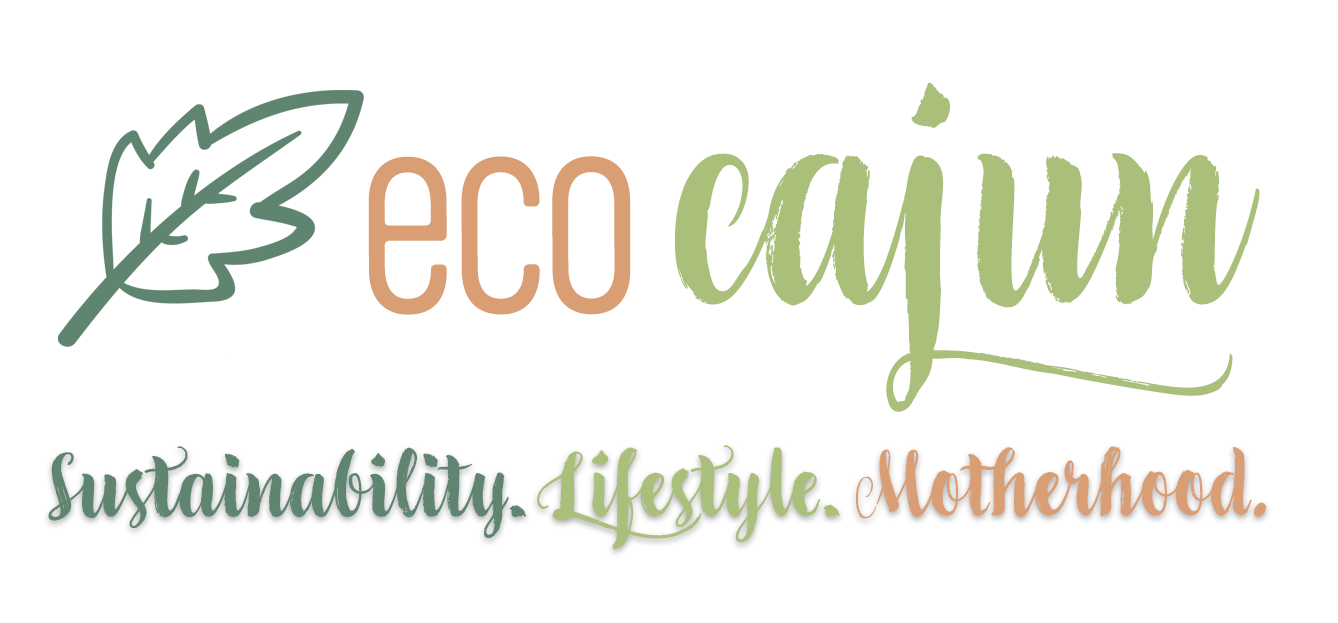A fulfilling Monday evening, in your eyes, might not be focused around a screening of Tapped, a 2009 documentary about the big business and danger of bottled water. But when you're me, you hit "Interested" on that Facebook event invite from Bayou Vermilion District and make plans to go.
I started seriously cutting down on my bottled water usage back in 2008, when I ordered my first Klean Kanteen to carry to work and the gym. But I still used bottled water at times, whether I would forget to bring my own to the gym, or I was out somewhere with no bottle and needed water. The habit of bringing my own is much stronger these days, from the gym, to the office, to Festival International, to road trips and vacations.
And after viewing Tapped, the priority is much higher to eliminate the use of bottled water completely. I've already eliminated soft drinks from my diet, save for an occasional moment of weakness, but even then, I try to go for cans.
Some of the documentary's points that stuck out for me are not new information, but rather a reinforcement.
So, think about it: by buying a $1.50 bottle of water (give or take; a gas station might charge $.79 for a cheap brand, while a sports arena or music festival might charge $4), you are paying for a petroleum-based plastic bottle filled with water that is less regulated than city tap water, and more than likely sending a single-use product to the landfill over the recycling center. Assuming it's not purposefully or accidentally littered first.
Think paying around $20 for a reusable water bottle is ridiculous? Hold your horses. That can buy you a good quality, food-grade stainless steel bottle that holds the same amount as a standard plastic bottle. 20 ounces.
The money you save in not buying plastic bottles quickly pays for that reusable bottle. Even if you buy cases of cheap water (say 24 bottles for $3), after seven cases, you would equal the reusable water bottle. That's 168 plastic bottles. And it probably wouldn't take long for a family to go through seven cases. Invest in a reusable bottle for each family member and use them over and over again.
If I used my first Klean Kanteen once a week for seven and a half years, that's 390 water bottles I've avoided. And that's only one time a week. I use a reusable water bottle between one and three times every DAY. Even in the past one year, that's almost 1,000 water bottles I've saved.
And by the way, I do still have my first Klean Kanteen after seven and a half years, and I do still use it. It's a little dented, but it still works. It's served its purpose hundreds of times, along with my other reusable bottles. Is a plastic water bottle even designed for that kind of life? Nope. They're simply built to use once and throw away. How irresponsible.
After the viewing, Bayou Vermilion District held a discussion about how we can work to cut down bottled water usage in Lafayette, especially since they're the group responsible for picking tons of water bottles out of the Vermilion River. (Side shoutout to the Teche Project who does the same in Bayou Teche!)
Some of my main ideas are not inherently difficult to implement:
It is so important to change that culture of convenience, the one that causes people to be so obsessed with bottled water. It's more work and more dangerous than it is convenient.
If you want to take one step to be greener, this is such an easy one. This is all you need to say no to water in a plastic bottle.
Get more information about Tapped.
2
I started seriously cutting down on my bottled water usage back in 2008, when I ordered my first Klean Kanteen to carry to work and the gym. But I still used bottled water at times, whether I would forget to bring my own to the gym, or I was out somewhere with no bottle and needed water. The habit of bringing my own is much stronger these days, from the gym, to the office, to Festival International, to road trips and vacations.
And after viewing Tapped, the priority is much higher to eliminate the use of bottled water completely. I've already eliminated soft drinks from my diet, save for an occasional moment of weakness, but even then, I try to go for cans.
Some of the documentary's points that stuck out for me are not new information, but rather a reinforcement.
- 40% of bottled water is simply filtered tap water. (Hint, you can filter your own tap water.)
- City tap water is generally more strictly regulated than bottled water. The EPA regulates public tap water, while the FDA regulates bottled water. However, water bottled and sold within the state it was drawn from is not required to meet FDA regulations.
- Water bottles left in hot areas can leach toxins from the plastic into the water.
- Although water bottles are recyclable, the United States lags behind other countries in actual recycling rates. Many are simply thrown away or littered.
So, think about it: by buying a $1.50 bottle of water (give or take; a gas station might charge $.79 for a cheap brand, while a sports arena or music festival might charge $4), you are paying for a petroleum-based plastic bottle filled with water that is less regulated than city tap water, and more than likely sending a single-use product to the landfill over the recycling center. Assuming it's not purposefully or accidentally littered first.
Think paying around $20 for a reusable water bottle is ridiculous? Hold your horses. That can buy you a good quality, food-grade stainless steel bottle that holds the same amount as a standard plastic bottle. 20 ounces.
The money you save in not buying plastic bottles quickly pays for that reusable bottle. Even if you buy cases of cheap water (say 24 bottles for $3), after seven cases, you would equal the reusable water bottle. That's 168 plastic bottles. And it probably wouldn't take long for a family to go through seven cases. Invest in a reusable bottle for each family member and use them over and over again.
If I used my first Klean Kanteen once a week for seven and a half years, that's 390 water bottles I've avoided. And that's only one time a week. I use a reusable water bottle between one and three times every DAY. Even in the past one year, that's almost 1,000 water bottles I've saved.
And by the way, I do still have my first Klean Kanteen after seven and a half years, and I do still use it. It's a little dented, but it still works. It's served its purpose hundreds of times, along with my other reusable bottles. Is a plastic water bottle even designed for that kind of life? Nope. They're simply built to use once and throw away. How irresponsible.
After the viewing, Bayou Vermilion District held a discussion about how we can work to cut down bottled water usage in Lafayette, especially since they're the group responsible for picking tons of water bottles out of the Vermilion River. (Side shoutout to the Teche Project who does the same in Bayou Teche!)
Some of my main ideas are not inherently difficult to implement:
- Install more public and business water fountains, providing the same convenience people want from carrying bottled water. This would be especially helpful downtown and at Girard Park and the Horse Farm, where there are routinely large crowds. Lead by example. One drawback to saying no to bottled water and carrying your own is, what do you do once you've run out? Let's have spots where you can easily refill.
- At events where there are beer trucks, sell water in the same manner. From a tap. Be okay with filling someone's own bottle up.
It is so important to change that culture of convenience, the one that causes people to be so obsessed with bottled water. It's more work and more dangerous than it is convenient.
If you want to take one step to be greener, this is such an easy one. This is all you need to say no to water in a plastic bottle.
Get more information about Tapped.














































